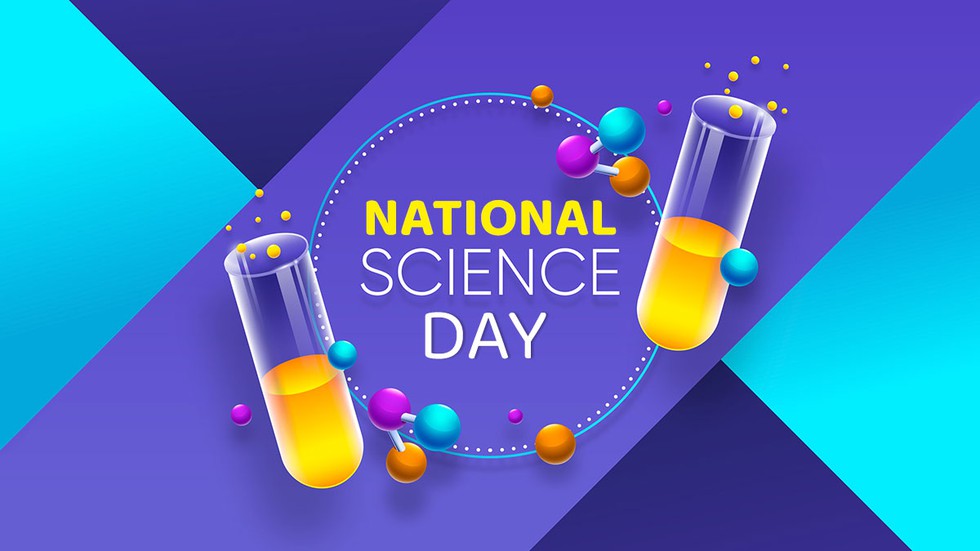About National Science Day (NSD):
- It is celebrated every year on February 28 to mark the contributions of scientists towards the development of the country.
- On this day, in 1928, Indian Physicist Sir CV Raman made an important discovery in the field of spectroscopy, which was later named after him: the Raman Effect.
- For this discovery, he was also awarded the Nobel Prize in Physics in 1930.
- History:
- The National Council for Science and Technology Communication (NCSTC), in 1986, asked the Government of India to announce February 28 as National Science Day.
- The government accepted and declared the day National Science Day.
- The first National Science Day was celebrated on February 28, 1987.
What is the Raman Effect?
- The Raman effect is a change in the wavelength of light that occurs when a light beam is deflected by molecules.
- When a beam of light traverses a dust-free, transparent sample of a chemical compound, a small fraction of the light emerges in directions other than those of the incident (incoming) beam.
- Most of this scattered light is of an unchanged wavelength. A small part, however, has wavelengths different from that of the incident light; its presence is a result of the Raman Effect.
